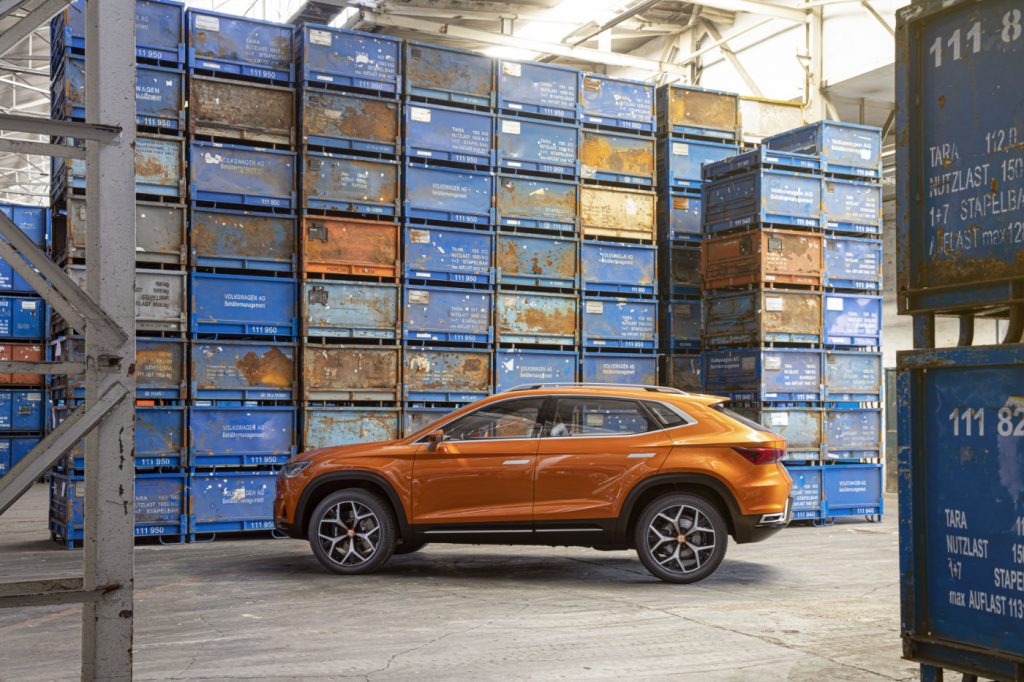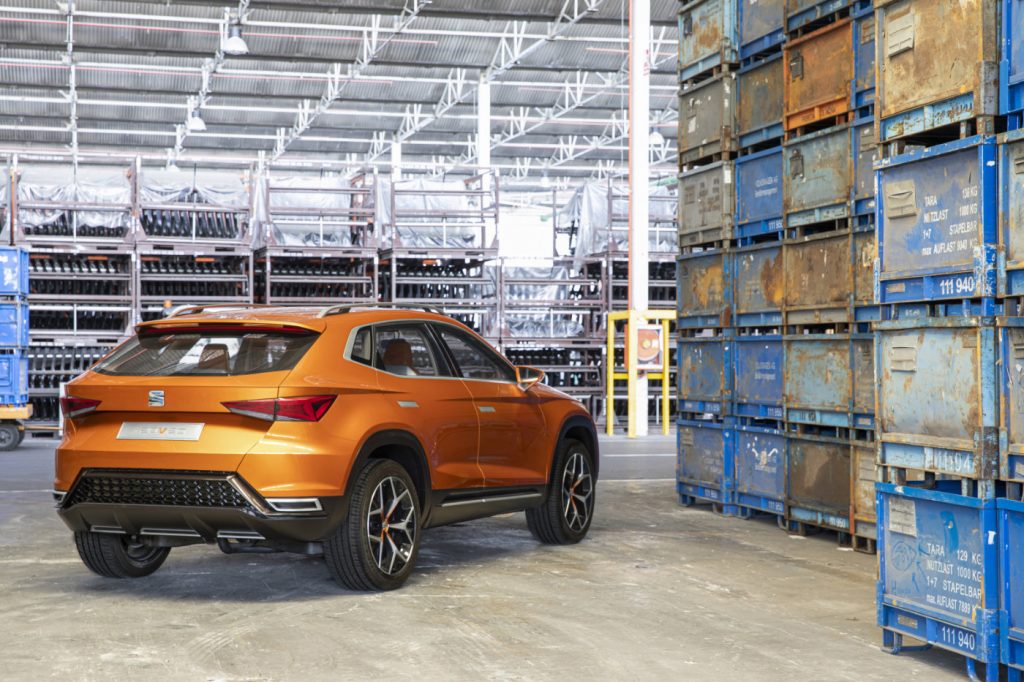- Showcars map out the design lines of future generations of cars, but they have also set mobility trends
- SEAT’s historic concept cars have paved the way in the areas of electric and connected vehicles or for the rise of SUVs
- The IBE, the Tribu or the electric Toledo for the Barcelona Olympic Games are prominent examples
Concept cars are generally described as design exercises that shape the future. They are a perfect opportunity for designers to let their imagination run free and sketch the silhouettes of cars to come. There is some truth to this, as concept cars do show what future street models will look like. The following five SEAT creations are evidence of this.
An Olympian electric car: 1992. While Barcelona scrambled to prepare for the Olympic Games, SEAT engineers were busy on their own milestone event. Their exciting challenge was to come up with an electric vehicle to guide the Olympic flame torch relay and the Marathon event. The result was an electric Toledo equipped with batteries weighing 500 kilos and featuring a range of 65 kilometres. “While not strictly a concept car, this prototype showed in the early 90s that other propulsion systems were possible”, recalls Isidre López, who is responsible for SEAT’s Historic Car Collection.
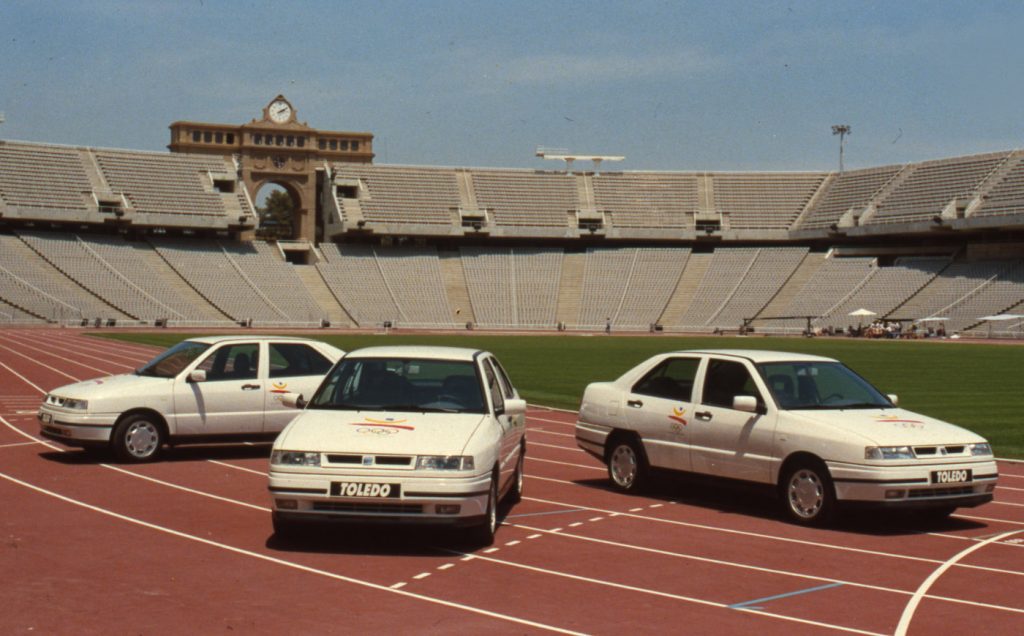
Today, this Toledo and the rest of the brand’s emblematic showpieces can be found in Building A-122 at the Zona Franca factory, pointing the way forward for future cars.
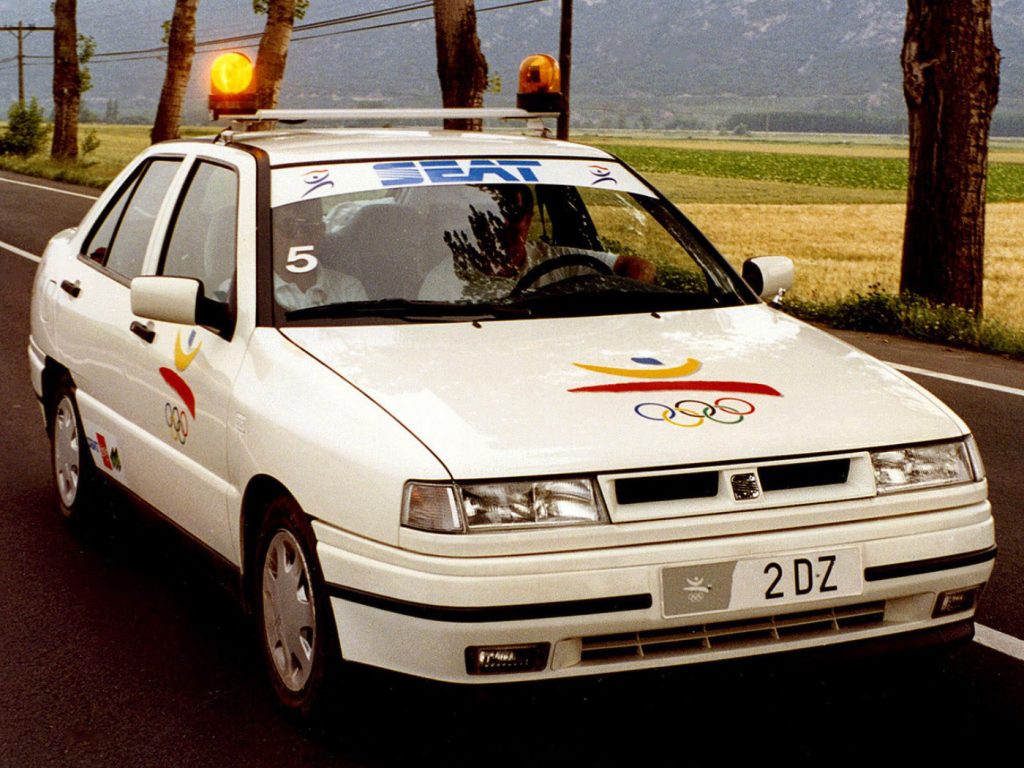
And there was light: when people ask Isidre López which concept car best represents lighting on cars of the future, he always clearly answers the SEAT Bolero. One of the stars at the 1998 Geneva Motor Show, not only was this coupe sedan equipped with a 330 hp engine but it also featured pioneering light clusters. “The Bolero is the initial starting point where the lights are independent, housed behind a transparent polycarbonate cover instead of the usual glass” says Isidre. Down the line, the IBE would be the first concept car to introduce the hallmark headlamps of the SEAT Leon and of the current range.
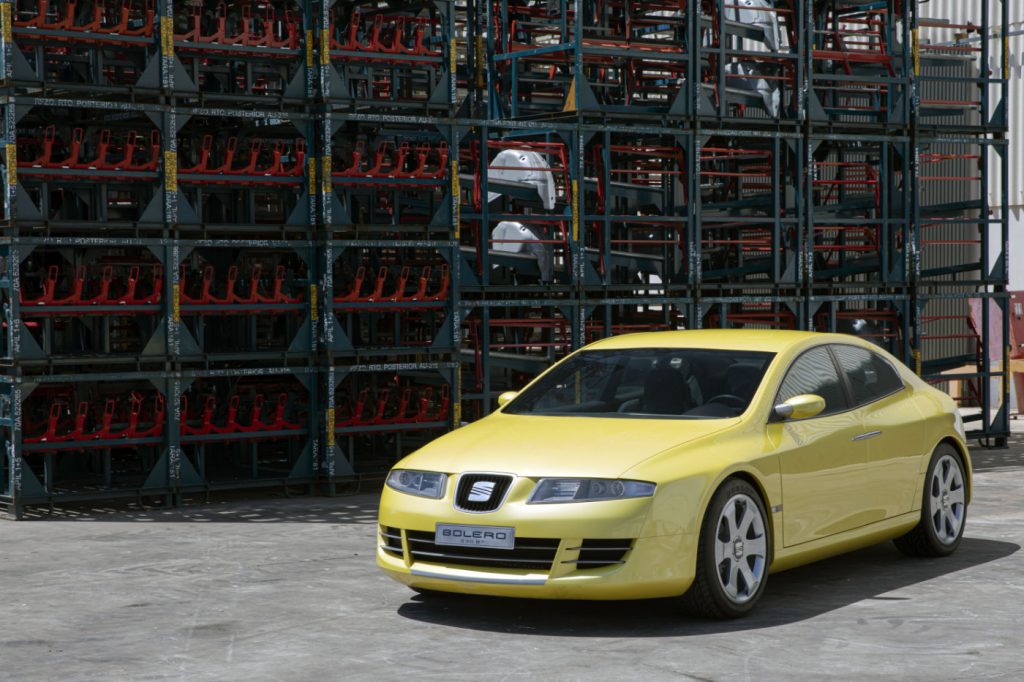
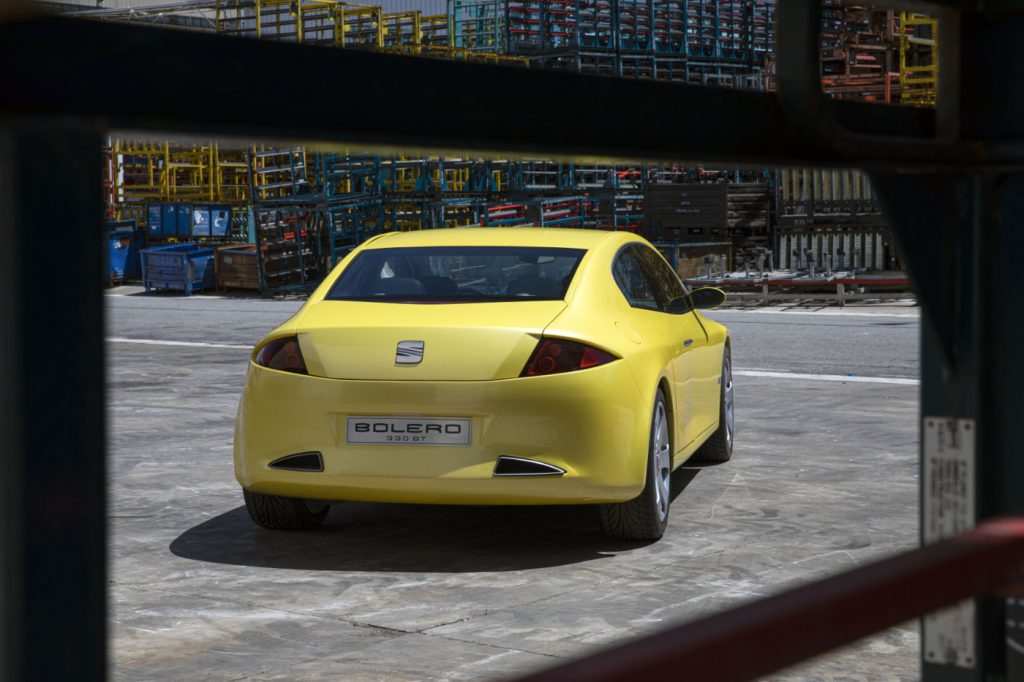
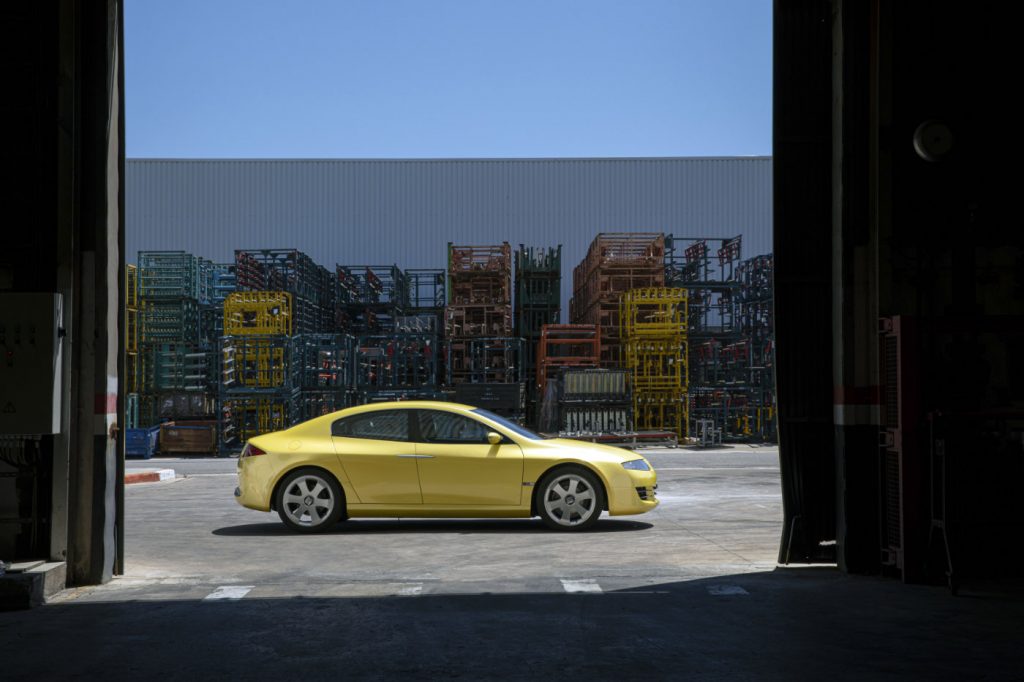
Paving the way to SUVs: SEAT currently has three SUV models in its range, the Arona, the Ateca and the Tarraco, but began taking steps towards this segment long before. One of them was the Salsa Emoción (2000), which was more of a crossover, but even then its architecture bore a resemblance to all-terrain vehicles. In 2007 SEAT displayed a concept car which was a proper SUV – the Tribu. “This model features the first clear indications of building an SUV in the future”, Isidre explains.
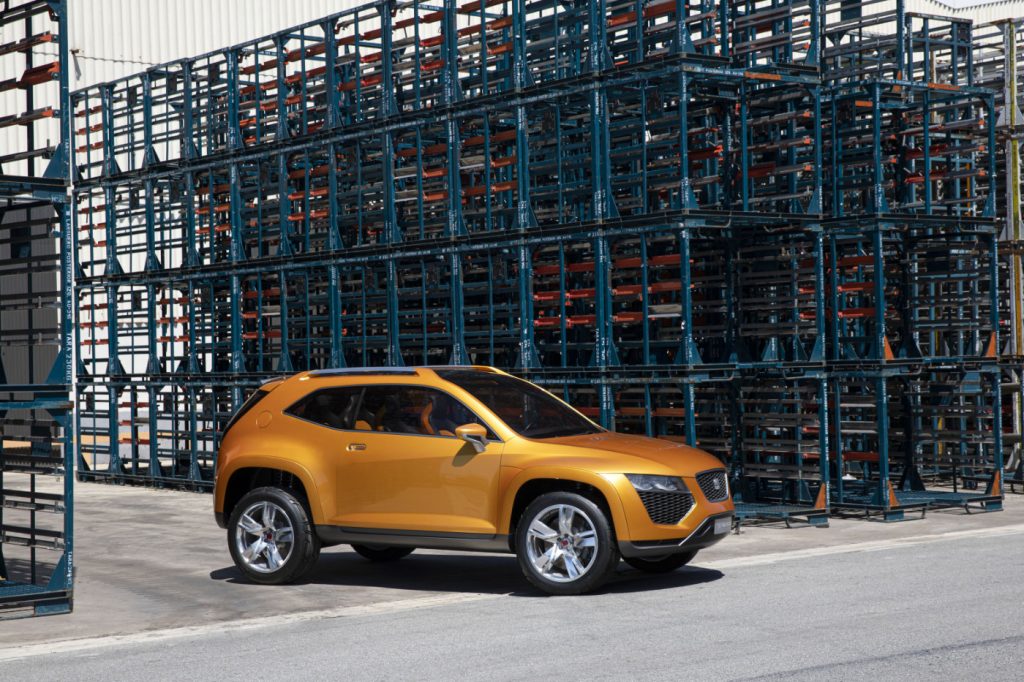
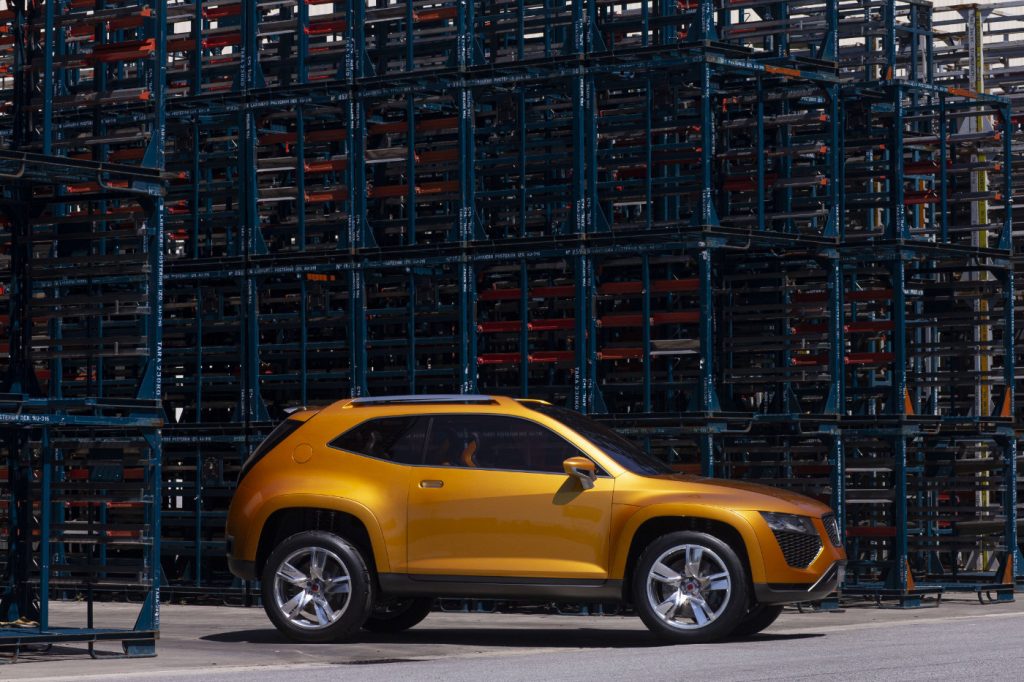
The IBE, current design: 2010, Paris Motor Show. SEAT presents the IBE concept car which turns out to be milestone in the brand’s design. Its taut lines, proportions, LED headlights…all of its elements point to the design DNA of the future range.“The IBE clearly defines the design language of the third generation Leon and its personality is decidedly committed to the electrification of future mobility as early as in 2010”, Isidre points out. Furthermore, the IBE signalled a design turning point; an electric concept car whose engine delivered 102 hp that pointed to SEAT’s future vision.
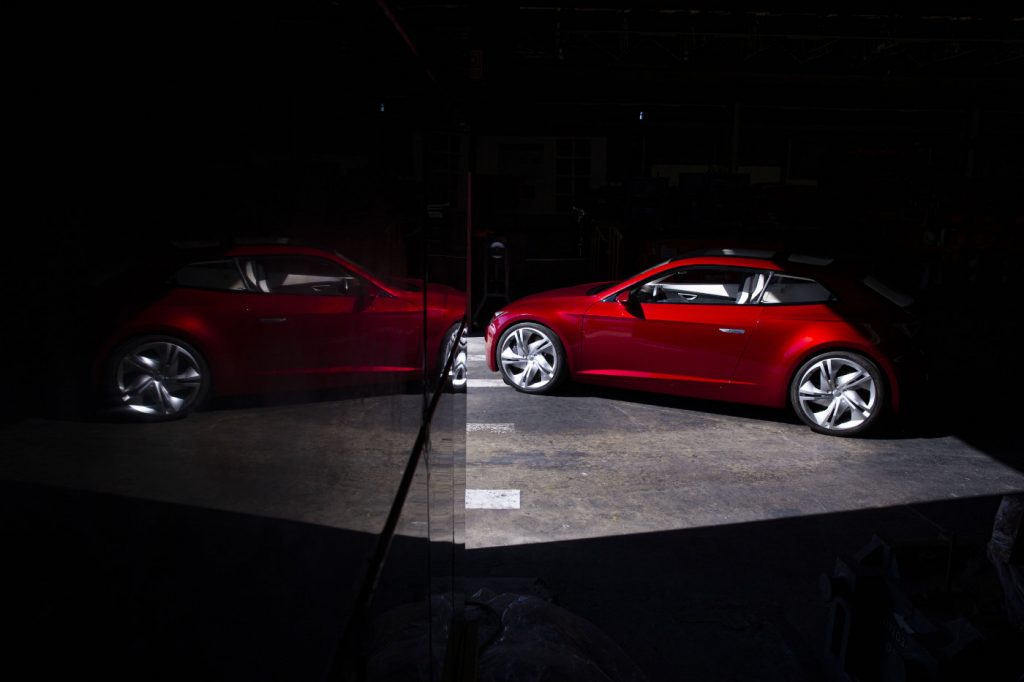
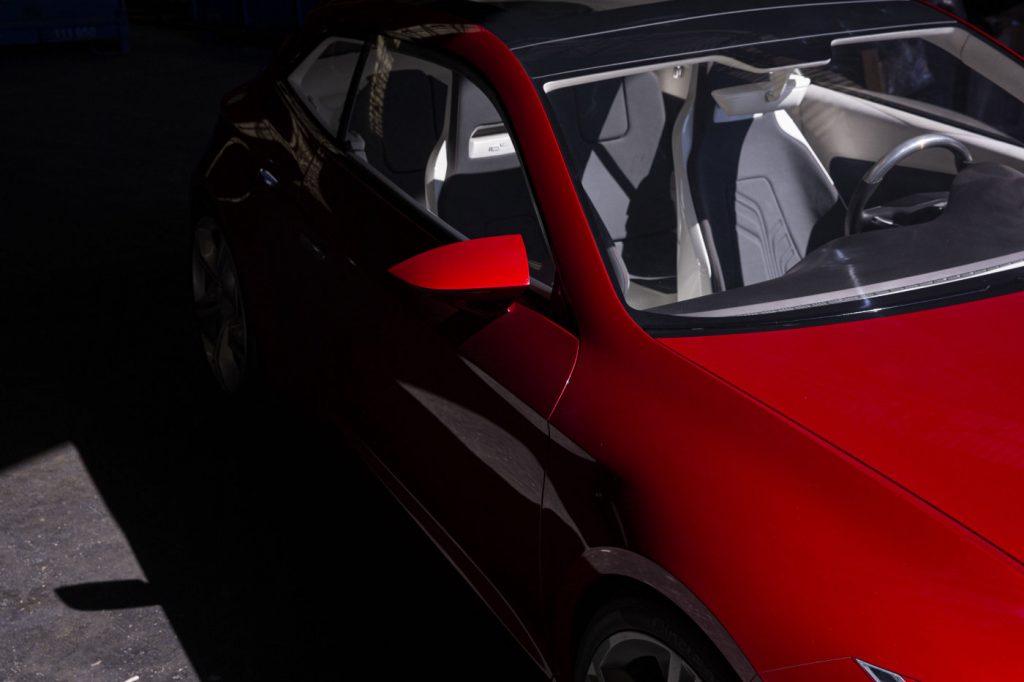
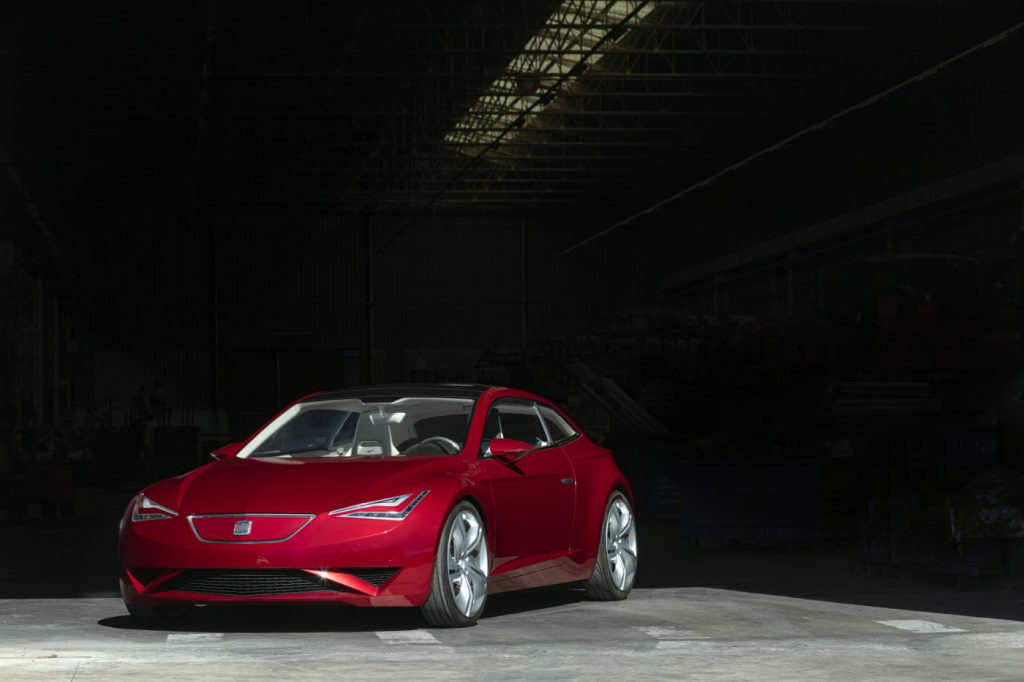
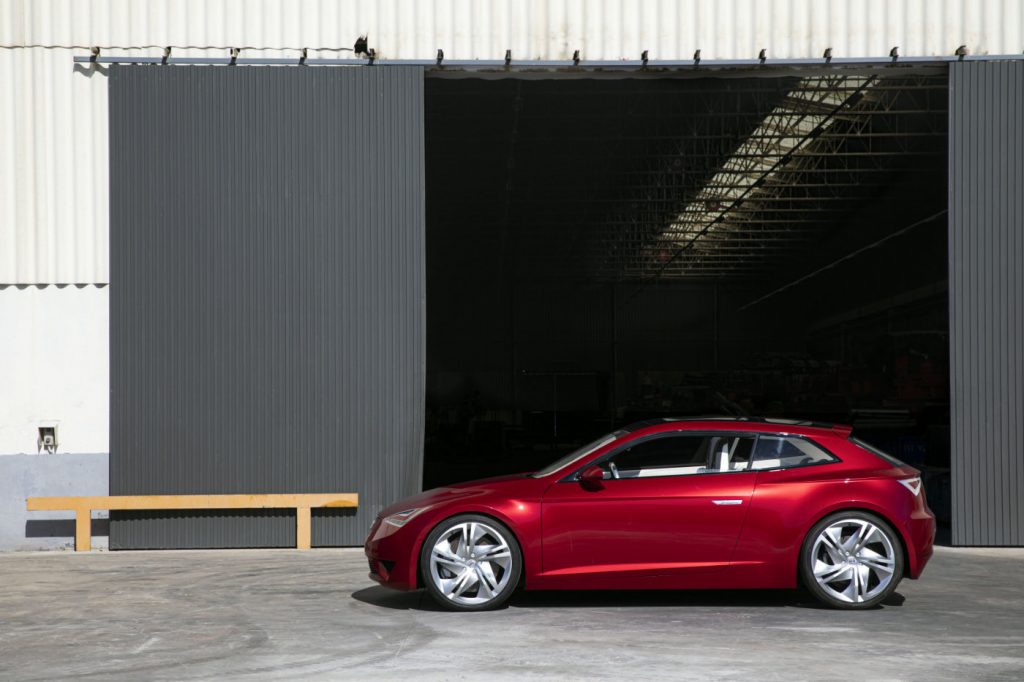
Always on: connectivity has become an essential factor for present and future mobility, and it plays a fundamental role in SEAT’s strategy. Increasingly larger screens and permanent connection with the mobile phone are a part of our everyday lives.
One SEAT concept car was already equipped with several of these elements in 2015. The 20v20 was a hybrid CUV (Crossover Utility Vehicle) with a futuristic approach to connectivity. At its core was the Personal Drive, a coin-shaped touch device that operated a mobile navigation system and remote control to activate the car’s climate control. Inside the car, the 20v20 was equipped with three screens, one measuring 12.3 inches, whose content could be personalised using the Personal Drive.
